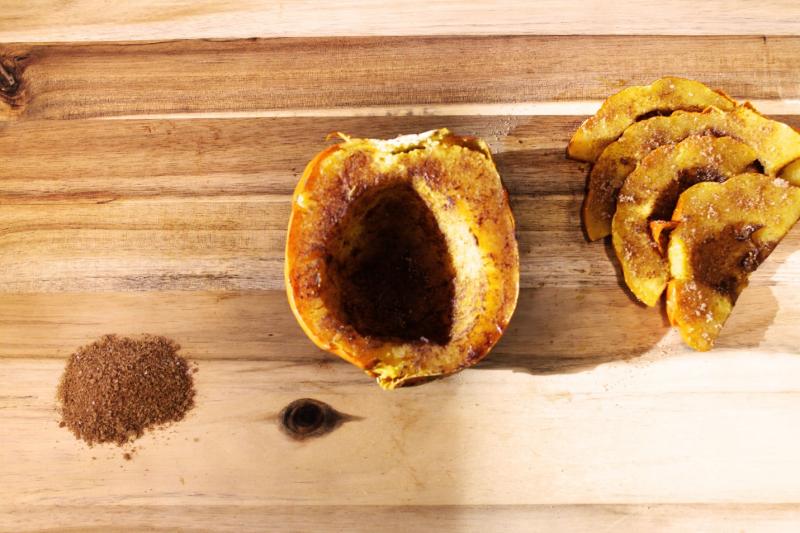The Frugal Foodies: What You Need to Know about Winter Squash
With the thought of snowfall just around the corner, winter squash is bound to make an appearance at your local grocer. Here’s what you need to know about winter squash, and just how amazing it is.
- It’s healthy! No matter what variety, winter squash is one of the most nutrient-packed vegetables out there. The provided anti-inflammatory properties, and its included Omega 3’s, are essential for a healthy immune system and disease prevention.
- It’s cheap! The price per pound can range anywhere from $1.50 to $2.00. Not only is it inexpensive, but it is also sustainable. You will not have to worry about squash going bad anytime soon. Spaghetti squash can last over a month, and butternut will last for up to six months! The trick on getting the best deal on winter squash is buying it whole. Below is a guide to some of the most popular winter squash varieties.
Acorn Squash
Acorn squash is one of the most versatile varieties of squash to prepare. This squash’s shelf-life is shorter than most winter squash, so you’ll want to use it fairly quickly, within about four weeks. This mildly sweet and nutty squash can be baked, roasted, steamed, sautéed or microwaved, and can be easily substituted into any recipe using squash. It holds up extremely well to bold spices and flavors. Don’t worry about removing the skin, it provides an abundance of fiber and nutrients. Play up the sweetness by adding some brown sugar and your favorite spices (see example below).
Butternut Squash
Butternut squash is one of, if not the most popular, winter squash. This may be a result of the inherent sweetness that distinguishes it from all other varieties. Not only is it the sweetest, it is also one of the most nutritious. It is extremely low in calories and provides high levels of Vitamin A, which is essential for good vision and a healthy immune system. Butternut squash keeps for up to six months, so you do not have to use it right away. This squash is extremely versatile, it can be roasted, sautéed, pureed, or put into a soup. The skin is inedible, so you will want to remove it before preparing. The best way to navigate butternut squash is to cut off the rounded bottom and work with it as two separate pieces. Make sure you cut a flat surface to ensure stability when peeling. When it is ready to be cooked, try contrasting the sweetness with some different flavors by sautéing it with pasta and fresh sage.
Spaghetti Squash
Spaghetti squash is perhaps one of the most unique of all the winter squashes. Unlike the others, cooked spaghetti squash results in a stringy flesh that resembles its namesake. It is easiest to keep this squash whole, or cut in half horizontally when cooking. You will simply scoop out the flesh and discard the skin afterwards. You can cook spaghetti squash in the microwave, oven, or steam it on the stovetop. It has a fairly mild flavor and lacks the sweetness of other winter squashes. This blank canvas leaves you with endless possibilities! Serve with a simple drizzle of olive oil and parmesan or get creative and substitute spaghetti squash for any of your favorite noodles.
Example Recipe: Sweet Acorn Squash

Ingredients: Prep Time: 5 minutes
1 acorn squash Cooking Time: 10 minutes
2 Tbsp brown sugar Yield: About 1 ½ cups
¼ tsp cinnamon
¼ tsp ginger
Pinch of nutmeg
Pinch of salt
Instructions:
1. Stab acorn squash several times with knife to allow the steam to escape. Microwave on high for 5 minutes. Flip squash over and microwave for another 5 minutes or until skin has started to wrinkle. Remove squash from microwave and set aside to cool.
2. Combine brown sugar, cinnamon, ginger, nutmeg and salt.
3. Once acorn squash is cooled, carefully cut in half. Remove the seeds (save for later!)
4. Sprinkle with spice mixture, cut and serve!